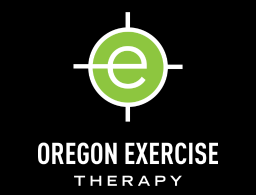Last Saturday, Chris Solinksy set a new American record in the 10k at Stanford University’s Payton Jordan Invitational. Solinksy ran 26:59, which broke Meb Keflezighi’s record of 27:13. 26:59 is about 4:20 mile pace. The race had been set up for Galen Rupp to make a run for the record, but Solinsky did an amazing job hanging with Galen lap after lap until passing him with about 1000 meters to go. He ended up running 1:56 for his last 800 meters!
Perhaps the most shocking thing about this race is that Solinsky is primarily a 5k runner. In fact, Saturday’s race was the first 10k that he had ever run and, after the race, he emphasized that he is still focused on the 5k this season.
One of the things that really interests me about this incredible run is the similarity of Solinsky’s training before his race to that of Dathan Ritzenhein when he set his American 5k record last year. As a reminder, Ritzenhein ran 12:56 on August 28, 2009. In the months before setting that record, Dathan focused on 10k and marathon training. This training included a 2:10 marathon in April and a 10k at the world championships (coming in 6th). He put in an enormous amount of miles in training for these long races, and only ran a few 5k workouts before his record run.
Similar to Ritzenhein, Solinsky has been focusing on over-distance training. His training group includes Simon Bairu and Tim Nelson, who are both training for the marathon. According to his post-race interview, Solinsky has run the marathon workouts with these guys, while adding a few shorter workouts on his own.
The point of all of this is that the best way to run fast races is to run a large amount of miles and develop a huge aerobic base. The idea that a runner can reach his or her potential by running low mileage and hard workouts is simply wrong. I think this is a very beneficial concept for recreational runners as it provides a template for how to run your best – focus on aerobic base training and threshold workouts (such as tempo runs) mixed with the occasional interval workout is the most efficient way to train for races.





